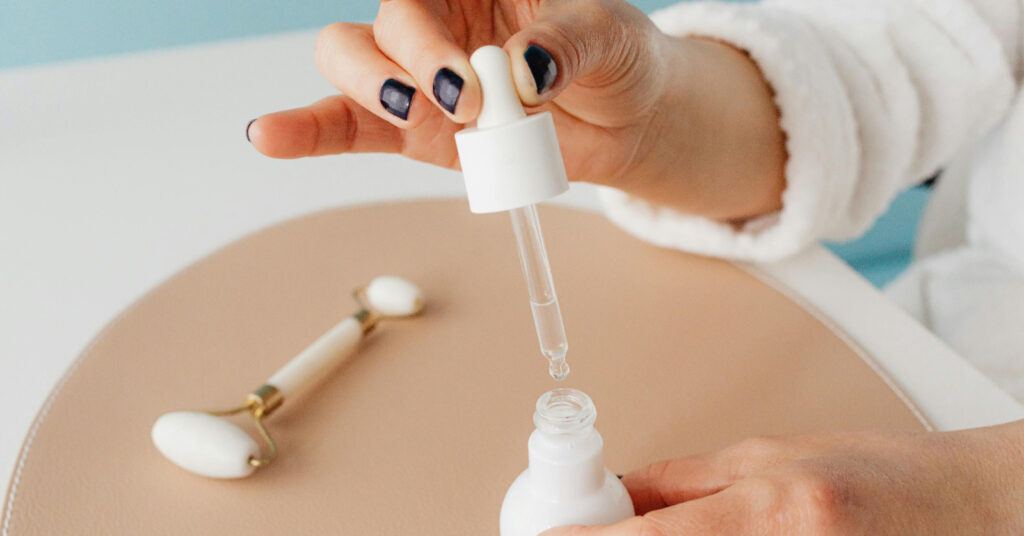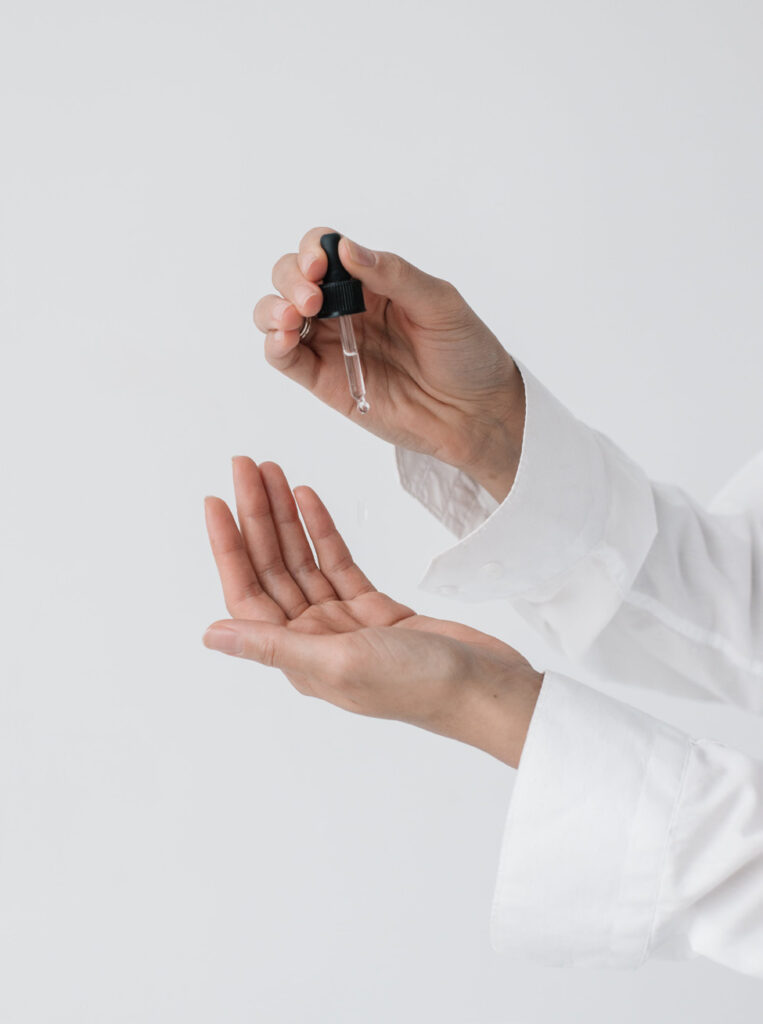Navigating the Latest Developments in European Cosmetic Regulation
The European Union (EU) maintains a robust legislative framework, recently reinforced to emphasize consumer protection and transparency. Key to EU cosmetic regulation is Regulation (EC) No 1223/2009, prioritizing products that do not compromise human health under normal use. An important update involves heightened transparency on fragrance allergens, aligning with the Scientific Committee on Consumer Safety’s recommendations.
Scientific assessment criteria, guided by the European Commission (EC), continue evolving, especially in addressing nanomaterial safety. Regular updates to Regulation (EC) No 1223/2009 annexes reflect the latest insights on restricted substances in cosmetics. The EU’s commitment to sustainability extends to cosmetics, aligning with the “Green Deal” and “Circular Economy Action Plan.” Regulations adapt to mitigate microplastic pollution, encourage biodegradability, and reduce packaging waste. Digitalization progresses with the Cosmetic Product Notification Portal (CPNP), streamlining notifications for swift access by competent authorities. This facilitates cross-border information flow and simplifies compliance for manufacturers. The EU’s cosmetic regulation aligns with global standards, enhancing international recognition and trade facilitation through harmonization with organizations like the International Cooperation on Cosmetics Regulation (ICCR). This commitment underscores the EU’s dedication to global safety and uniform standards. Recent updates in EU cosmetic regulation emphasize a holistic approach encompassing consumer safety, environmental sustainability, and innovation. Stakeholders must stay informed and adaptable amid this evolving regulatory landscape, reflecting the EU’s commitment to top-tier global cosmetic standards, ensuring product safety, and promoting environmental responsibility. Key areas of development in European cosmetic regulation include: Innovation in Cosmetic Ingredients and Claims: The EU actively supports cosmetic innovation, streamlining approval processes for new ingredients, especially those with sustainable benefits. Scrutiny on cosmetic claims is increasing, with clear guidance provided by the EC’s
“Technical Document on Cosmetic Claims.”
Endocrine Disruptors and Cosmetic Safety: Addressing concerns about endocrine disruptors, the EU aims to assess and regulate substances with endocrine-disrupting properties in cosmetic products.
Data Sharing and Animal Testing: The EU maintains a strong stance against animal testing, enhancing data-sharing mechanisms to adhere to the 3Rs principles – replace, reduce, and refine animal testing.
Cosmetics Europe’s Role: Cosmetics Europe actively shapes the regulatory landscape, contributing to legislative changes, scientific research, and facilitating dialogue between industry players and policymakers.
Looking ahead, the EU’s cosmetics regulation is set to become more robust, with ongoing updates to Scientific Committee on Consumer Safety (SCCS) opinions and the Chemicals Strategy for Sustainability aiming to phase out harmful chemicals in consumer products, including cosmetics. In conclusion, EU cosmetic regulation strives for continuous improvement, balancing innovation with consumer safety and environmental protection.
Industry professionals must remain vigilant, ensuring compliance and future-proofing products against upcoming regulatory changes. Proactive engagement fosters a thriving cosmetics industry that prioritizes consumer trust and contributes to a sustainable future.









